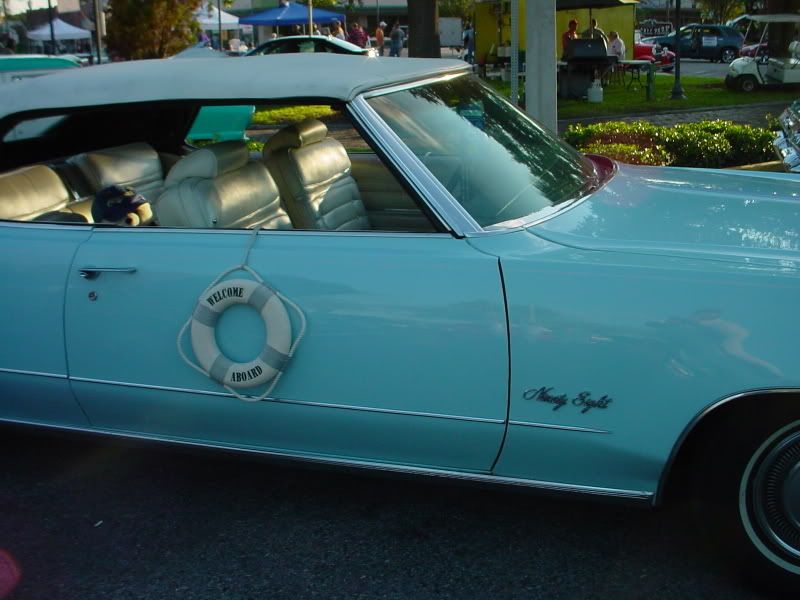Ahoy Phil welcome aboard matey!
You didn't specify the model Impala you owned but I can guess that it is a 1958 to '64 X-frame car.
That series of cars was intentionally designed by a staff of hundreds of engineers putting their collective best effort into making your car the most flexible, easy riding car on the road at the time. It behaves like a bowl of Jello intentionally, because a room full of marketing guys sold the bean counters on the idea of having a car that road like a skiff on a smooth mill pond. They wanted you to float along the road bed without a care in the world.
The sales pitch at the time (bear in mind we had just come off the highest aeronautically inspired period of fins and bullet nosed projections with jet intake turn signals, and jet exhaust tail lights in history) so the sales campaign was based on jet flight. They advertised the car's handing as "Jet Smooth".
For those who have flown recently an explanation is in order. Before global warming if you flew above 20,000 feet you where above 95% of all weather and turbulence. Today because of global warming you can hit clear air turbulence at 35,000 feet, and super cells are now topping 45,000 feet which is nearly at the edge of the atmosphere (or at least 97% of it).
The car has a an X frame which means each corner can move four feet or more without breaking the car in half.

It has a coil spring at each corner of the car. Older cars such as the very popular 1955-'57 Chevys used a ladder frame with coils up front and leaf springs in the rear. The marketing guys though that was too much like a lumber wagon and wanted to soften it up.
The shocks are valved to float over bumps not to dampen road oscillations. The car with power assist can be steered by your elderly maiden aunt using just the pinky finger of her gloved left hand without effort or feedback from the road. The wide wrap around windows where to give you the illusion of riding on a magic carpet inside an air conditioned glass bubble. The tires had nearly half of the total tire height as side walls to absorb bumps.
Today we copy the looks and handling of German sports car. This was undesirable and the oposite of the intentions of the designers of the X-frame Chevy. It will be expensive and difficult to drag this car into the modern age of having a car the stops and goes quickly, drives where it is pointed without wandering, and turns without rolling the fender tops down to meet the water line as she heels over hard in a turn.
These cars do behave like boats.

Big dave






